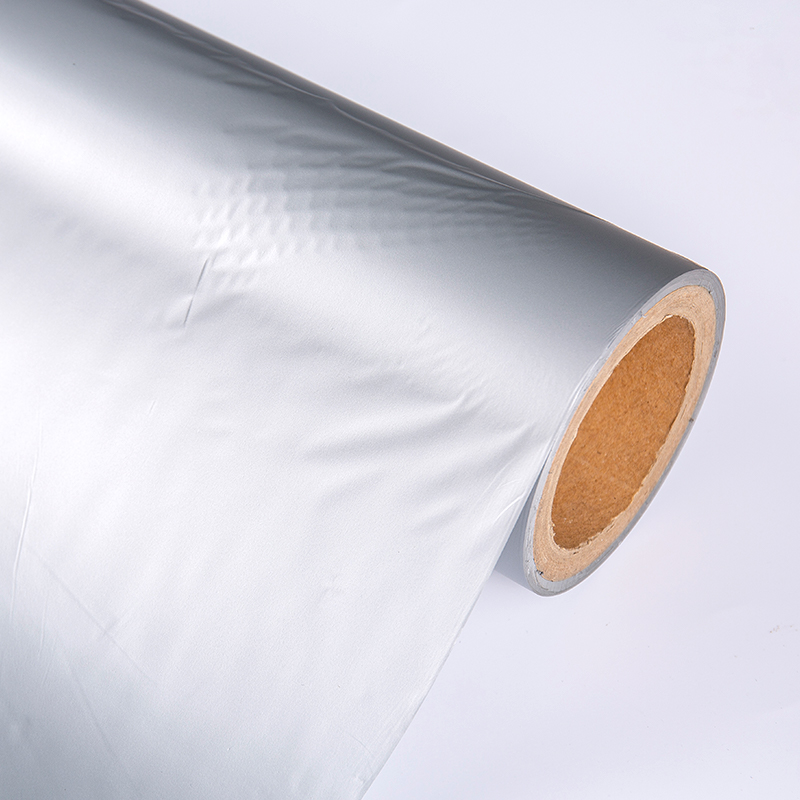Product Consultation
Your email address will not be published. Required fields are marked *
Breathable TPU (thermoplastic polyurethane) film is engineered to solve a common material challenge: how to block liquid water from passing through, while still allowing water vapor (such as sweat or humidity) to escape. This dual functionality is what makes breathable TPU film ideal for applications like outdoor gear, medical textiles, baby products, and hygiene materials.

Breathable TPU films come in two primary structural types: microporous and monolithic, and each achieves breathability differently:
This type of film contains a vast number of microscopic pores—tiny openings that are carefully controlled in size. These pores are small enough to prevent water droplets, which are relatively large on a molecular level, from penetrating the film. However, these same pores are large enough to allow the passage of water vapor molecules, which are much smaller in size.
This microporous structure works like a sieve: it keeps liquid water out (such as rain or spilled fluids) while enabling internal moisture from sweat, heat, or body humidity to pass through, promoting ventilation and user comfort.
Monolithic films, in contrast, have no physical pores. Instead, they use a dense but chemically engineered structure that allows moisture vapor to pass through the film by diffusion. Here's how it works: water vapor molecules from the inside are absorbed into the polymer surface, then diffuse through the polymer matrix, and are eventually released on the opposite side. All the while, the absence of pores keeps the film completely impermeable to liquid water.
TPU is inherently hydrophobic, meaning it naturally repels water. This surface property enhances the film’s ability to resist liquid water penetration even when under pressure. So whether the film is exposed to rain, sweat, or spills, the surface tension of the water will usually prevent it from soaking through.
A key performance metric for breathable TPU films is the moisture vapor transmission rate (MVTR). This rate measures how much water vapor can pass through the film over a 24-hour period. The higher the MVTR, the more breathable the film is. Manufacturers often fine-tune the film’s chemistry and thickness to strike the right balance between high MVTR for breathability and low permeability to liquid water.
The thickness of breathable TPU film plays a vital role. If the film is too thick, it may block moisture vapor from passing through effectively, reducing breathability. If it’s too thin, it may lose its barrier properties and allow liquid to penetrate. Manufacturers engineer breathable TPU films with precise thicknesses and molecular densities to maintain structural integrity while facilitating moisture vapor escape.
Another reason breathable TPU film performs well in waterproof-breathable applications is its excellent flexibility and elasticity. The film can stretch and bend without cracking or developing holes, which is essential in products like clothing, seat covers, diapers, and wound dressings. This mechanical resilience helps the film retain both its waterproofness and breathability, even after prolonged use or repeated movement.
Breathable TPU film achieves its dual functionality by combining smart material design with careful engineering. Its microporous or monolithic structure allows moisture vapor to escape while preventing liquid water from penetrating. The film’s hydrophobic properties, controlled thickness, and mechanical strength all contribute to maintaining this balance.
This makes breathable TPU film an ideal material for a wide range of demanding applications—where users require both protection from external moisture and comfort from internal breathability.
Your email address will not be published. Required fields are marked *
You can contact to me using this form.
Copyright © 2023 Kunshan Red Apple Plastic New Material Co., Ltd. All Rights Reserved.
